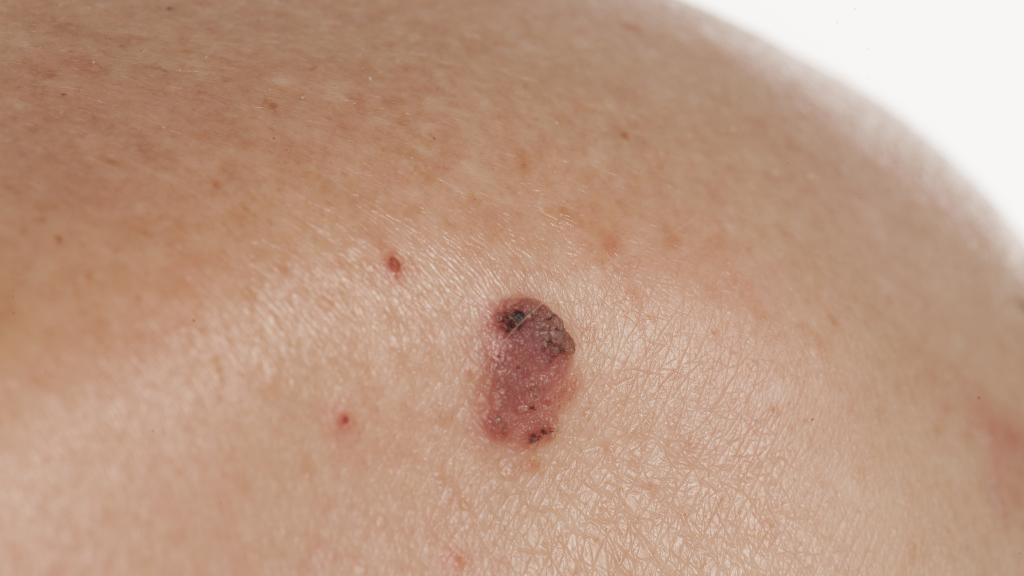
A third of people ‘not at all worried’ about skin cancer heading into summer, new survey reveals
3 in 10 say they never check for signs of skin cancer
Irish Cancer Society urges public to be ‘Skin Smart’
A third of Irish people are ‘not at all worried’ about skin cancer, worrying new research has revealed.
Skin cancer is the most common form of cancer in Ireland and claims over 230 lives each year.
Meanwhile, a survey of 1,000 adults conducted by Core Research on behalf of the Irish Cancer Society during Skin Cancer Awareness Month in May has also found that 3 in 10 people never check their skin for signs of cancer.
And the number of people who are ‘not at all worried’ about skin cancer increases to 4 in 10 among some groups who are actually at higher risk, including males and those aged over 55.
The survey also found that people mostly associate skin cancer signs with moles, with over half of those queried saying they would seek attention within a matter of days if they noticed a worrying sign with a mole.
However this drops to 4 in 10 for other, less well understood skin cancer signs like lumps, spots and rough, scaly patches on the skin.
The Irish Cancer Society has recently spoken out about a ‘catchup phenomenon’ where patients have delayed getting warning signs of cancer checked due to the pandemic. As with all cancers, catching skin cancer early is vital for patients to have the best outcome possible.
Commenting on the research Dr Bláithín Moriarty, Dermatologist at St Vincent’s University Hospital, said: “If people notice the signs of skin cancer early treatment can be very straightforward with a low-risk surgical procedure. However, as a skin cancer such as melanoma develops into later stages the survival rate drops significantly from almost 100% when caught at stage 1 to approximately 20% at stage 4, and treatment becomes much more difficult.
Fortunately skin is the type of cancer you can see with your own eyes and do something about immediately.
"It is worrying to think that people believe they are at low risk when that might not be the case, as weeks can make a difference when it comes to the stage of diagnosis,” Dr Moriarty added.
Skin cancer survivor Ailish McBride says people should “trust their gut” if they notice anything that worries them: “In February last year I noticed a small but very dark freckle or mole just above my knee. It looked different from my other moles, so I went to see my GP and within a few days it was removed quickly and painlessly. For many people that’s all that will be needed.
Kevin O’Hagan, Cancer Prevention Manager with the Irish Cancer Society, said: “We are asking everyone to be Skin Smart and know the signs of skin cancer. It is extremely treatable when picked up early, so a simple and frequent routine of checking your own skin for anything that is new, changing or unusual can be a lifesaver.
“This is particularly important for people who are at higher risk such as those aged over 50, or outdoor workers who are exposed to the sun more. With summer now here we are as always encouraging the public to mind their skin in the sun by seeking shade, wearing covering clothes, a hat and sunglasses as well as sunscreen on exposed skin, and knowing when the sun is strongest.”
Top skin cancer warning signs to look out for:
- A small lump that is smooth, pearly or waxy
- A new growth or sore that does not heal in a few weeks
- Constant skin ulcers that are not explained by other causes
- A flat, red spot that is scaly, crusty or bleeding
- A lump that is firm, scaly or has a crusted surface, and may be sore
- Rough, scaly, irregular patches of skin
- A new mole or a change in shape, size or colour of an existing mole
- A dark patch under your nail that gets bigger and wasn’t caused by an injury
People should speak to their doctor if their mole is:
- Bleeding, oozing or crusting
- Looking red and inflamed around the edges
- Starting to feel different, for example slightly itchy or painful
Some melanomas don't develop from moles, so a doctor should also be consulted on any other unusual skin changes. Many skin changes will be harmless, but it’s always best to get any changes checked out. Melanoma has a very good chance of being successfully treated if diagnosed and treated early.

